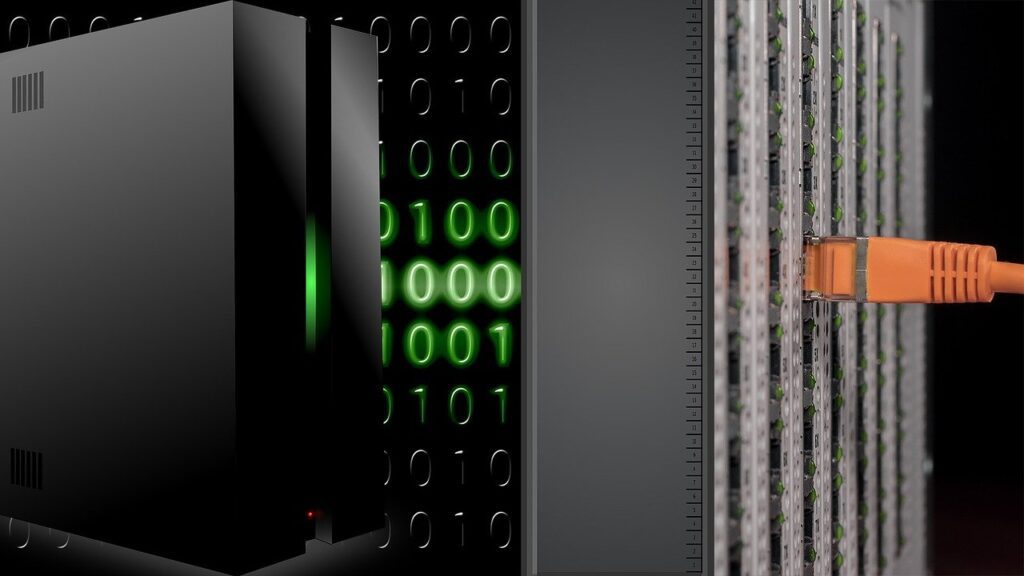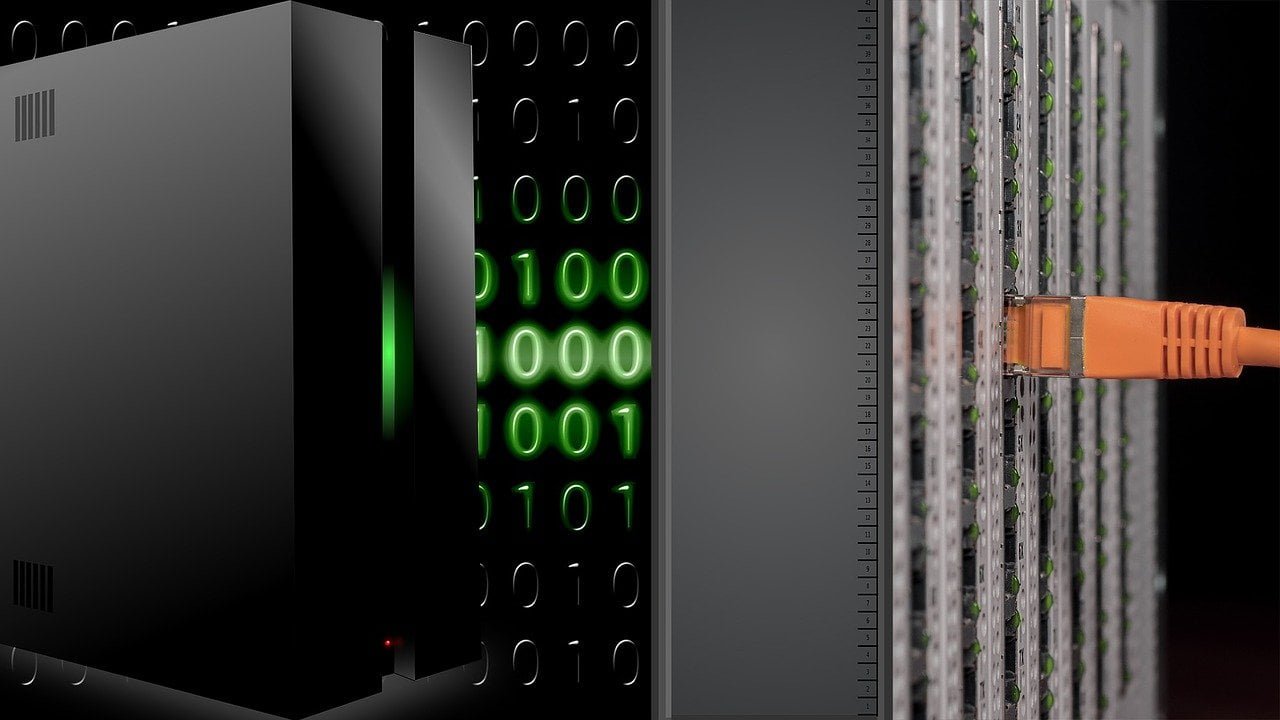
The processing and computing speeds that we witness today are not the same that we used to have a year or two ago. In fact, technology is pacing up rapidly with each passing day. Increased processing speeds and compaction of the hardware is something that is evidently visible all around the world.
However, with every new technology that comes in, new challenges for maintaining them also follow. Most important of all are the technologies that concern data centers. For example, cloud computing and application-based AI tools all make use of huge data centers. But at the same time, they also increase the temperatures by several degrees inside the data center.
But, what is a data center?
Since the inception of computers, the data centers have been around in one form or the other. These are simply the physical centers where hundreds of millions of TB of data are stored for processing, computing, and allowing access to the users when needed.
As data requirements increased, the size of these data centers decreased mostly because of technologies such as quantum computing and nanotechnology. And with the compaction came the need for more stringent temperature management. According to the experts at Nortek Air Solutions data center requires a cool ambient temperature for best performance. This is because of the limiting potential of the semiconductors with respect to the temperature conditions. As the temperature increases, their conductivity decreases.
Understanding the temperature management for data centers
Controlling temperatures at data centers is unlike controlling it in residential and even commercial environments, which primarily focuses on comfort aspects. Since data centers require temperature control for functional purposes, it requires different technology than usual. Some of the technologies used are explained below.
- Air circulation from below
The traditional method of cooling server rooms and data centers involves circulating cool air between the server housing. The flowing air carries away the heat rejected by the server elements and passes it through an air conditioning unit. However, this method is no longer being used, specifically for large data centers. The reason for this replacement is primarily the requirement of large equipment and modifications to be done in the floor plans. It essentially increases the cost of temperature control.
- Fluid circulation between server housing
A rather efficient and highly economical method which is adopted by the modern data centers is fluid cooling. The principle is quite similar to that of a radiator. Liquid coolant is passed through each and every element which absorbs the excessive heat dissipated by the server. The coolant then passes through a heat sink which draws out the heat and cools off the liquid for reuse.
- Heat rejection to an external sink
Lastly, a combination of fluid and air circulation is used in server rooms and data centers where megatons of data are stored. This is by far the most efficient way to cool off the temperatures in the facility and can effectively reduce the temperature by several degrees. Thus improving the consistency in performance.
Read also about How does Snowflake compare to other data warehouses?
In a nutshell, temperature management for data centers can simply not be ignored and can largely affect the data solutions for several industries. Since the modern world is largely data-dependent, it needs to be constantly updated with new technologies and likewise efficient cooling systems.







Leave a Reply